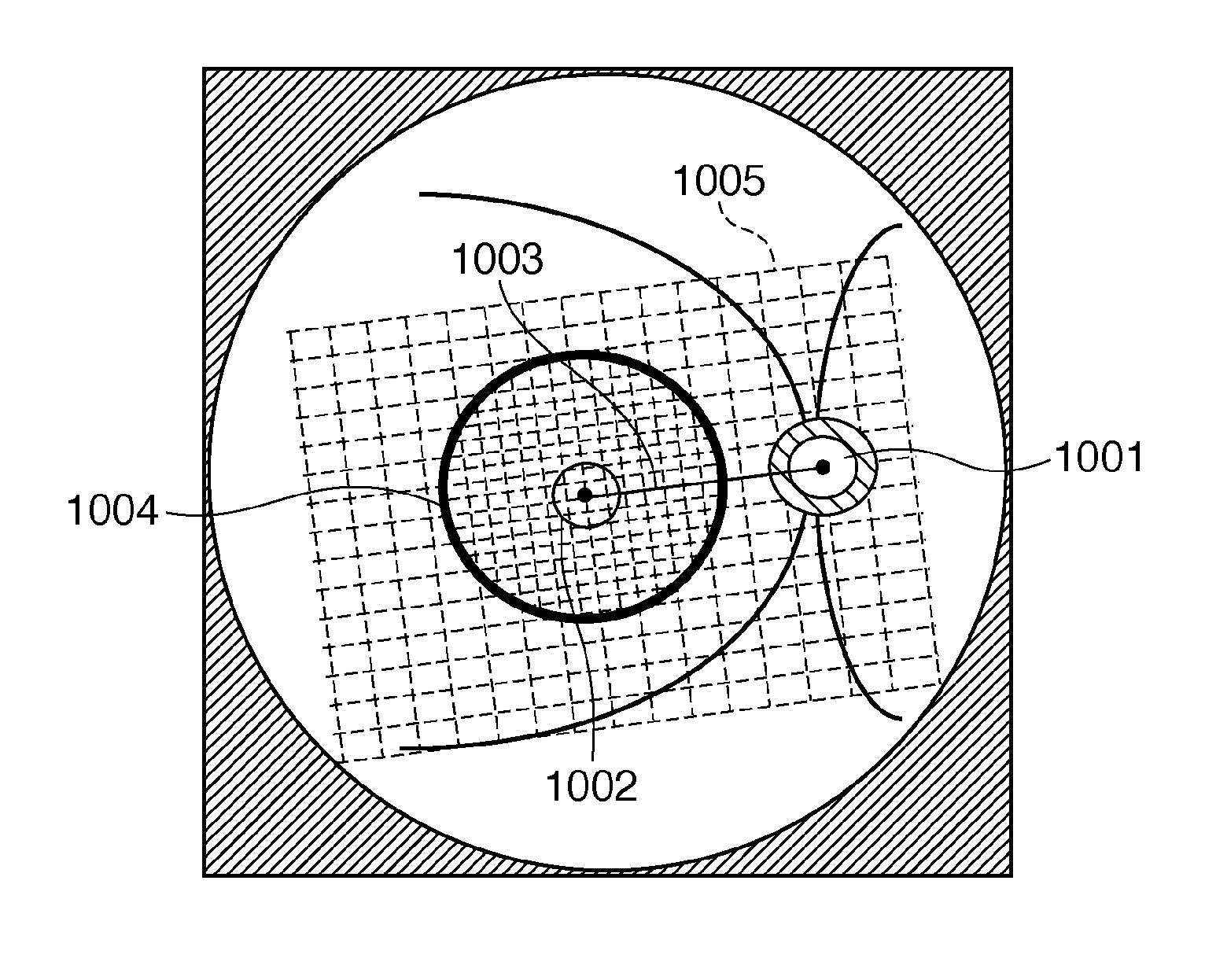Image processing apparatus and image processing method
a technology of image processing apparatus and image processing method, which is applied in the field of image processing technique for processing a tomogram, can solve the problems of inability to obtain effective diagnosis information data, and inability to appropriately obtain all layer position information
- Summary
- Abstract
- Description
- Claims
- Application Information
AI Technical Summary
Benefits of technology
Problems solved by technology
Method used
Image
Examples
first embodiment
[0035]An image processing apparatus according to this embodiment is characterized by diagnosing an eye (disease) state in advance based on information (to be referred to as an “eye feature”) about the shape or presence / absence of a predetermined tissue such as the presence / absence of distortion of the retinal pigment epithelium layer boundary or the presence / absence of a white spot or cyst. The apparatus is also characterized by acquiring diagnosis information data corresponding to an eye state by applying an image analysis algorithm capable of acquiring diagnosis information data corresponding to the diagnosed eye state. The image processing apparatus according to the embodiment will now be described below in detail.
[0036]
[0037]The relationship between eye states, eye features, detection targets, and diagnosis information data will be explained first. In FIG. 1A, 1a to 1e are schematic views showing the tomograms of a macular portion of retina captured by an OCT. In FIG. 1B is a ta...
second embodiment
[0151]In the above-described first embodiment, assuming that the image analysis target is a tomogram of a macular portion, eye features are extracted, and the eye state is determined based on the extracted eye features. However, the tomogram of image analysis target is not limited to the tomogram of a macular portion. It may be, for example, a wide-angle tomogram including not only a macular portion but also an optic disc portion. In the second embodiment, an image processing apparatus will be described which, when the tomogram of image analysis target is a wide-angle tomogram including a macular portion and an optic disc portion, specifies each part and executes an image analysis algorithm for each part.
[0152]Note that the overall arrangement of the diagnostic imaging system and the hardware configuration of the image processing apparatus are the same as in the first embodiment, and a description thereof will not be repeated here.
[0153]
[0154]A wide-angle tomogram including a macula...
third embodiment
[0195]In the above-described first and second embodiments, the apparatus is configured to calculate, as diagnosis information data, the nerve fiber layer thickness, the thickness of entire retinal layer, the area (volume) of a region between the actual measured position and the estimated position of retinal pigment epithelium layer boundary, and the like. However, the present invention is not limited to this. For example, the apparatus may be configured to obtain diagnosis information data from tomograms of different imaging dates / times (imaging timings), compare them with each other to quantify the time-rate change, and output new diagnosis information data (follow-up diagnosis information data). More specifically, two tomograms of different imaging dates / times are aligned based on a predetermined alignment target included in each tomogram, and the difference between corresponding diagnosis information data is obtained, thereby quantifying the time-rate change between the two tomog...
PUM
 Login to View More
Login to View More Abstract
Description
Claims
Application Information
 Login to View More
Login to View More - R&D
- Intellectual Property
- Life Sciences
- Materials
- Tech Scout
- Unparalleled Data Quality
- Higher Quality Content
- 60% Fewer Hallucinations
Browse by: Latest US Patents, China's latest patents, Technical Efficacy Thesaurus, Application Domain, Technology Topic, Popular Technical Reports.
© 2025 PatSnap. All rights reserved.Legal|Privacy policy|Modern Slavery Act Transparency Statement|Sitemap|About US| Contact US: help@patsnap.com



